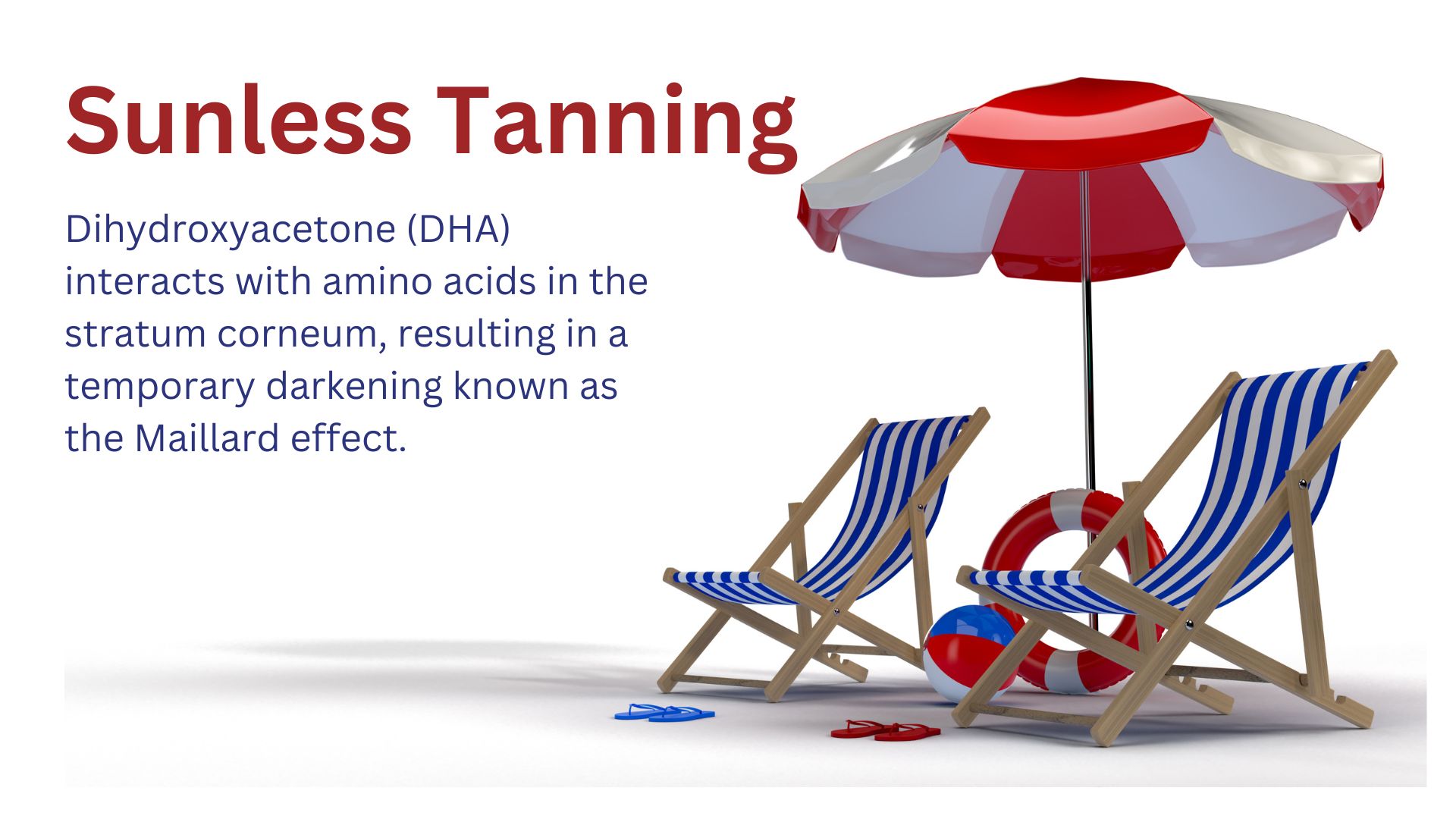Kristine Kucera, PA-C, MPAS, DHS
The popularity of sunless tanning has surged as people seek a healthier and safer sun-kissed glow without exposing themselves to the effects of ultraviolet (UV) radiation. Sunless tanning products contain an active ingredient called dihydroxyacetone (DHA), a color additive that interacts with amino acids in the stratum corneum. This chemical reaction results in a temporary darkening of the skin, known as the Maillard effect.
A poster presented at the American Academy of Dermatology meeting in March highlighted two important points regarding sunless tanners. First, the ingredients in sunless tanners can alter the appearance of pigmented lesions, making visual examination challenging. This is a consideration for patients who do skin self-examinations at home, as well as for those of us assessing patients in the clinical setting.
It is important to inform patients that sunless tanning products do not provide sun protection. Therefore we must remind our patients that even if they have a sunless tan, they must continue to use sun protection measures. Recommendations are for daily use of SPF 30 or higher, reapplied regularly per the product instructions. (Read more about sunscreens here.) UV avoidance and physical protection (shade and UPF-rated clothing) are also important.
Kristine Kucera, PA-C, MPAS, DHS, is Assistant Clinical Professor, University of Texas Southwestern, Medical Center PA Program, Dallas, TX. She is a member of the DEF Advisory Council.
Reference:

